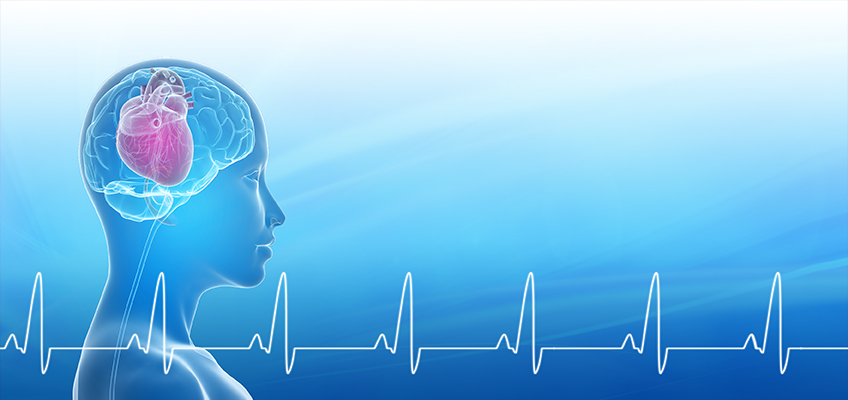Get Access to our Latest Ideas & Research on Heart Intelligence
Learn practical solutions for expanding heart connections, accelerating personal growth and transforming stress into greater energy, better health and a more fulfilling life.
Learn practical solutions for expanding heart connections, accelerating personal growth and transforming stress into greater energy, better health and a more fulfilling life.

Core HeartMath research and principals figured prominently in a recent doctoral research project that explored whether heart-focused internal prayer-compassion meditation could contribute to personal and communal healing.
Continue reading
Now and then we all take a moment to look at the life we are living and daydream about how our futures will look. So, take one of those moments right now, and rather than "thinking" about what the future might look like based on your life as it is now, do the following:
Look as deeply as you can into your heart and visualize the future you've always truly desired, the one that fills your heart with joy whenever you imagine it.
Continue reading
Very important memo to self, staff! — What can WE do to make this a better place to work?
That question is one today’s public- and private-sector employers who genuinely care about their workers are prone to ponder often.
Continue reading
Research shows how intimately the heart is involved in the processes and proper functioning of the human body. Therefore, even the nonscientist might easily accept the premise that certain aspects of heart rhythms can be indicators of general health. Now, a recent study suggests that personality can be a useful barometer as well.
Continue reading
Editor's note: Clemson University has offered experiential education to South Carolina youth since 1934. Clemson's Youth Learning Institute (YLI) has played a vital role in the university's rich heritage in youth development, and currently serves more than 130,000 people through some 190 programs annually. YLI partners with numerous organizations to deliver its programs and has a licensing agreement to utilize HeartMath training, tools and technology. Marking the 10 years in YLI and HeartMath’s relationship, HeartMath Institute Director of Research Dr. Rollin McCraty recently discussed the partnership and future plans.
Continue reading
Having a well-functioning memory is something we all think about more and more as we age. Memory and other cognitive processes gradually diminish as we grow older, but research in the last several decades shows those who experience persistent or high levels of stress are especially vulnerable.
Continue reading
com•pas•sion
noun [kem-pa’-shen]

If there is one word you should add to your vocabulary today, tomorrow or soon, it is coherence. All the research shows that when you have it, your life can be so much better than when you don’t. Add coherence to your personal lexicon, learn how to achieve it and experience the benefits within yourself and your environment.
Continue reading
Intuition is the process of perceiving or knowing something without conscious reasoning: knowledge of events such as an act of nature that has yet to happen; or knowledge of a distant material object such as an unseen obstruction blocking the highway ahead. Researchers with the HeartMath Institute and many others who have conducted numerous controlled and scientifically validated studies over more than half a century have expanded the definition of intuition to include not only conscious perception by the mind alone, but also by the body’s entire psycho- physiological system. This unconscious perception often is evidenced by subtle changes in emotions and measurable physiological changes that can be detected throughout the body, according to the study Electrophysiological Evidence of Intuition: Part 1 and Part 2, McCraty, Atkinson and Bradley, 2004.
Continue reading
What do researchers mean when they talk about heart-brain interactions?
Researchers with the HeartMath Institute and other entities have shown that the human heart, in addition to its other functions, actually possesses the equivalent of its own brain, what they call the heart brain, which interacts and communicates with the head brain.
Continue reading